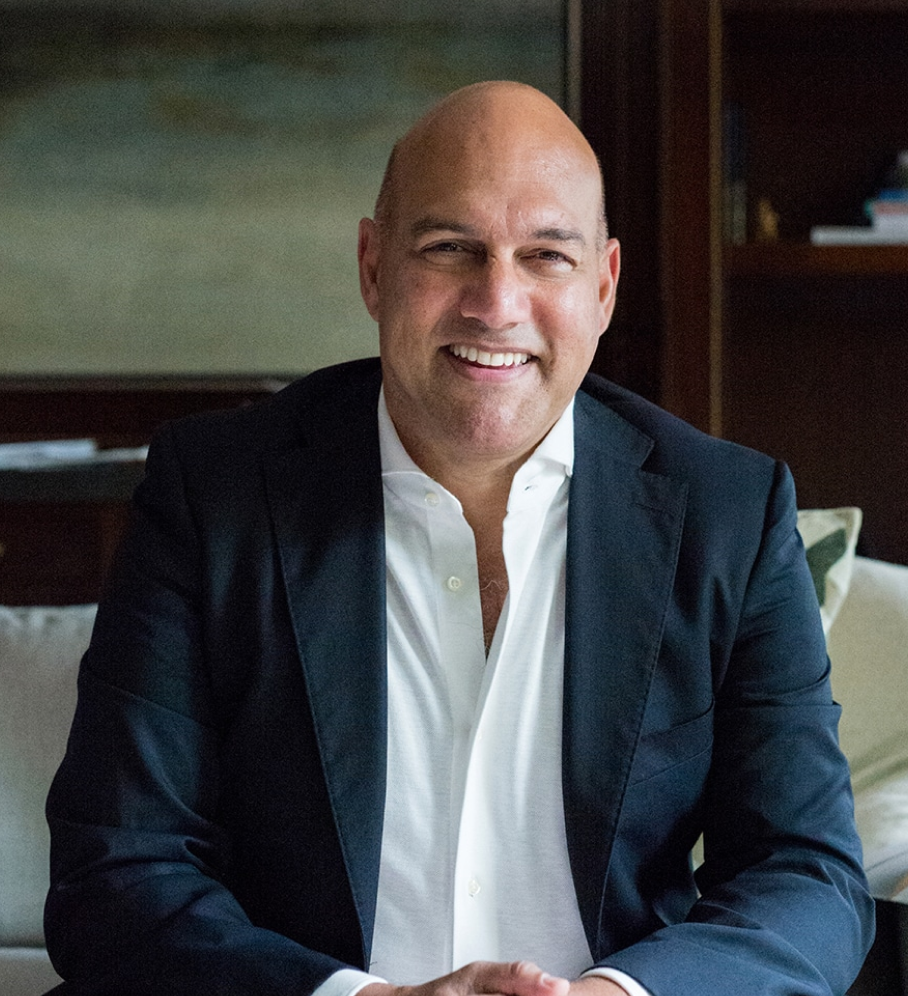How to Start Building a Culture of Experimentation
If you’re a startup, it’s relatively trivial to implement an experimental culture. This task, however, becomes much more difficult as organizations get bigger. As we’ve mentioned, large organizations are geared toward efficiency and predictability, which are antithetical to experiments that are counter to both those objectives. Here are some steps to integrate this Experimentation into an organization.
-
Appoint a team “head of experiments” to educate the team on the qualities of a good experiment and, in turn, prompt continuous Experimentation.
-
Award those teams that run experiments and learn, whether they succeed or fail.
-
Elevate the Experimentation conversation to your weekly or monthly Executive Staff meeting. Have your teams report on the experiments they ran and what they learned. Again reward the effort, but don’t penalize the failures.
-
Encourage your management team to ask great questions. This is an analog of the MTP. ExOs think big in almost everything they do—and never more so when experimenting with new products, markets, technologies, organizations, customer experiences, and employee culture. Formulating great questions is an art form. It also takes courage. But somewhere out there is that one question that can lead to a billion-dollar opportunity for your company.
-
Utilize generative AI as a thought partner to recommend experiments you should be running, how to design them, and what parameters to measure.
-
Run an incentive prize (or series of prizes) in your company to canvas crazy ideas. As described in Peter’s book BOLD, MIT’s Michael Schrage said, “The best way to become innovative is to innovate more.” Schrage suggests running a 5x5x5 design competition within companies to encourage such innovation:
-
Step 1: Within your company or group, organize a minimum of 5 teams of 5 people each. The teams should have a diverse makeup of executives, engineers, marketing members, executive assistants, customers, and suppliers.
-
Step 2: Give each team a period of 5 days to come up with a portfolio of 5 “business experiments” that should take no longer than 5 weeks to run and cost no more than $5,000 to conduct. Each experiment should have a business case that explains how running that experiment will give tremendous insight into a possible savings or growth of $5 million for the firm. Tell the teams that you’re not looking for incremental improvement but significant changes that are exponential in nature.
-
Step 3: Run the 5-week experiments and have each team report on their outcome. If one or two of the experiments yields significant results, invest in those ideas to develop new products or services.
As we’ve noted, a successful corporate culture of Experimentation requires a strong element of Autonomy. We’ll investigate Autonomy in the next chapter.
Key Resources/Links where you can learn more
- Why These Tech Companies Keep Running Thousands Of Failed Experiments
- Testing Business Ideas - Innovation Process to Reduce Risks
- Udacity - How to Build a Start-Up
- Brilliant! Wisdom from Astro Teller of Alphabet’s Moonshot Factory
- Experimentation - ExO Insight
Join Our ExO Community - Unlock Exponential Growth!
Traditional growth models risk obsolescence. Learn how to become an Exponential Organization (ExO) and drive innovation with disruptive technologies. Sign up now!
Organizations implementing the formula have delivered over
- ⭐ 6.8x high profitability
- ⭐ 40x higher shareholder returns
- ⭐ 11.7x better asset turnover
- ⭐ 2.6x better revenue growth








